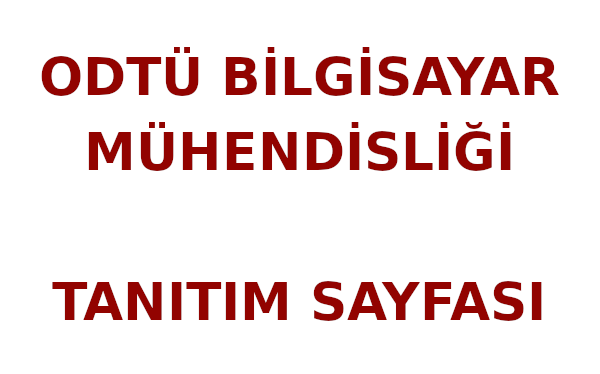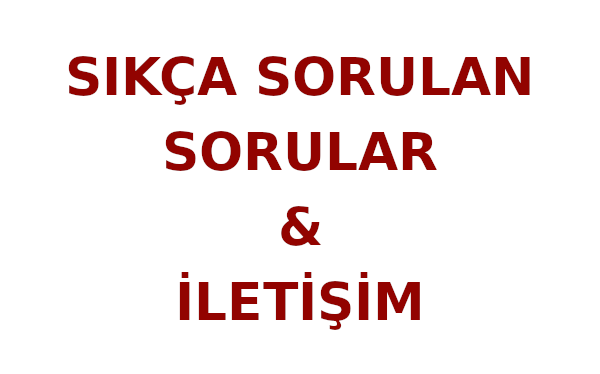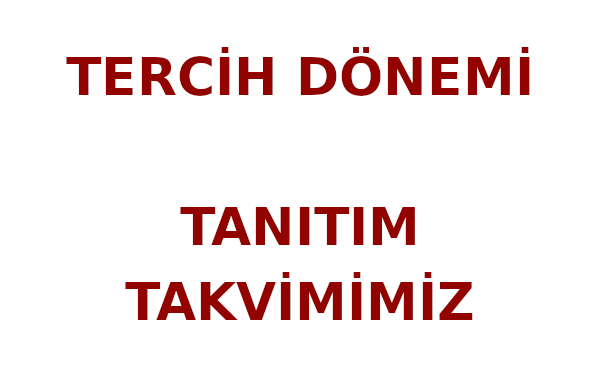KOVAN Research Lab. is a centre for state-of-the-art autonomous robotics research. Being already known for its expertise in “Swarm Robotics” and through its participation in EU-funded projects, KOVAN research lab has taken a mission to be the “centre of excellence” in robotics research and is also continuously building its expertise in “Cognitive Robotics”.
Swarm robotics can be defined as the study of how collectively intelligent behavior can emerge from local interactions of a large number of relatively simple physically embodied agents. Swarm robotics studies are often inspired by the observation of social insects, such as ants, termites, wasps and bees, which stand as fascinating examples of large scale collective behavior. In contrast to other studies on multi-robot systems, swarm robotics emphasizes self-organization and emergence while keeping in mind the issues of scalability and robustness. Cognitive robotics is concerned with endowing robots with high-level cognitive capabilities to enable the achievement of complex goals in complex environments using limited computational resources.
The laboratory is the first Turkish member of the European Robotics Network. Apart from the basic computing infrastructure, the laboratory hosts iCub (a 4-year-old sized humanoid) one KURT3D, a medium-sized mobile robot equipped with a 3D range scanner, a swarm robotic system composed of 12 CD-sized mobile robots built in-house. The laboratory is equipped with minimal infrastructure for developing small-scale mechatronic devices.
Current Projects
ROSSI (FP7 EU Project)
ROSSI (Emergence of Communication in Robots through Sensorimotor and Social Interaction) is an FP7 EU Project (FP7-216125) which started on 1st of February, 2008 and will run for three years. ROSSI is interested in the following two goals:
-
to investigate the role of canonical and mirror neurons in development of concepts and language,
-
to develop novel methods to make artificial agents (for example, robots) acquire concepts and abilities to explore and communicate about the environment.
Past Projects
Controllable Robotic Swarms
The project, which was funded by TUBITAK (Turkish Scientific and Technological Council) through a Career project awarded to Asst. Prof. Dr. Erol Şahin, aimed to study how and to what extent swarm robotic systems can be controlled. Two mobile robot platforms were aimed to be developed specifically for swarm robotic systems. One of these platforms, called KOBOT, has been manufactured and is actively being used in research.
METU-ISTEC
METU-ISTEC was a SSA-like project in which KOVAN would aim to develop into a “centre of excellence” in embedded systems by completing its infrastructure for embedded systems' research and integrating it into related EU projects. It was funded by the TÜBİTAK.
MACS (EU project)
The main objective was to explore and exploit the concept of affordances for the design and implementation of autonomous mobile robots acting goal-directedly in a dynamic environment. KOVAN was responsible for the development of the robot control architecture in this project.
Swarm-bots (EU project)
The project's goal was to develop self-organizing and self-assembling mobile robots and to study coordination mechanisms among swarm robotics systems. KOVAN joined this project as a sub-contractor of Universite Libre de Bruxelles and 1) developed a software package for the transparent use of Beowulf clusters using artificial evolution 2) ported the Swarmbot3D physics-based simulator onto a free physics-based simulation library.
Selected Publications
See http://www.kovan.ceng.metu.edu.tr/index.php/Publications for an up to date list.
-
Ugur E., and Sahin, E. (in press) Traversability: A Case Study for Learning and Perceiving Affordances in Robots. Adaptive Behavior journal.
-
Celikkanat H., and Sahin, E. (2010) Steering Self-organized Robot Flocks through Externally Guided Individuals. Neural Computing and Applications journal.
-
Gokce, F., and Sahin, E. (2010) The pros and cons of flocking in the long-range “migration” of mobile robot swarms. Theoretical Computer Science journal.
-
E. Ugur, E. Oztop, E. Sahin (2009). Affordance learning from range data for multi-step planning. Proc. of the Ninth Intl. Conf. on Epigenetic Robotics (Epirob'09), Lund University Cognitive Science Studies, 146, pp. 177-184.
-
Turgut A.E., Celikkanat H., Gokce, F. and Sahin, E. (2008) . Self-Organized Flocking in Mobile Robot Swarms. Swarm Intelligence, vol 2, no:2-4, pp. 97-120.
-
Sahin E., Cakmak M., Dogar M.R., Ugur E. and Ucoluk G. (2007) .To afford or not to afford: A new formalization of affordances towards affordance-based robot control. Adaptive Behavior, Vol. 15, No. 4, 447-472.
-
Ugur, E., Dogar M.R., Çakmak, M., Şahin E., The learning and use of traversability affordance using range images on a mobile robot, in Proceedings of IEEE Intl. Conf. on Robotics and Automation (ICRA 07), 2007.
-
Şahin E. and Spears W. and Winfield A (editors) (2007). Proceedings of the Second Swarm Robotics Workshop. Lecture Notes in Computer Science, 4433, Berlin Heidelberg, Springer.
-
Soysal O., Şahin E. (2007) A macroscopic model for probabilistic aggregation in swarm robotic systems. In Şahin E., Spears W. and Winfield A., editors. Lecture Notes in Computer Science, Berlin Heidelberg, Springer.
-
Şahin E., Girgin S., Uğur E. (2006).Area measurement of large closed regions with a mobile robot, Autonomous Robots. Volume 21, pages 255-266.
-
Şahin E. and Spears W. (editors) (2005), Swarm Robotics: State-of-the-art Survey, 3342, Lecture Notes in Computer Science, Berlin Heidelberg, Springer-Verlag.
-
Şahin E. (2005), Swarm Robotics: From Sources of Inspiration to Domains of Application Swarm Robotics: State-of-the-art Survey, In Şahin E. And Spears W., editors. 3342, Lecture Notes in Computer Science, pages 10-20, Berlin Heidelberg, Springer-Verlag.
-
Soysal O. and Şahin, E. (2005). Probabilistic Aggregation Strategies in Swarm Robotic Systems Proc. of the IEEE Swarm Intelligence Symposium, 2005, Pasadena, California.
-
Bahceci E. and Şahin, E. (2005). Evolving Aggregation Behaviors for Swarm Robotic Systems: A Systematic Case Study Proc. of the IEEE Swarm Intelligence Symposium, 2005, Pasadena, California.
-
Dorigo M., and Şahin E. (2004). Special Issue: Swarm Robotics Autonomous Robots. 2004, volume 17, pages 111-113.
-
Dorigo M., Trianni V., Şahin E., Gross R., Labella T., Baldassarre, Stefano Nolfi, Jean-Louis Deneubourg, Francesco Mondada, Dario Floreano, and Gambardella L. (2004).Evolving Self-Organizing Behaviors for a Swarm-Bot Autonomous Robots. volume 17, pages 223-245.
-
Girgin S., Şahin E. (2004) Blind area measurement with mobile robots. In F. Groen, N. Amato, A. Bonarini, E. Yoshida, B. Krose, editor, Proceedings of the 8th Conference on Intelligent Autonomous Systems (IAS-8), pages 37.44. IOS Press. Amsterdam, the Netherlands.
-
Bahçeci E., Soysal O., Şahin E. (2003) Review of pattern formation and adaptation in multi-robot systems. Carnegie Mellon University, Robotics Institute, Technical Report, CMU-RI-TR-2003-43.
-
Soysal O., Bahçeci E., Şahin E. (2003) PES: A system for parallelized fitness evaluation of evolutionary methods. In A. Yazici and C. Sener, editors. Proceedings of the Eighteenth International Symposium on Computer and Information Sciences (ISCIS), Lecture Notes in Computer Science 2869, pages 889-896, 2002. Springer-Verlag, Heidelberg, Germany.
Alumni
-
Erkin Bahçeci
-
Onur Soysal
-
Maya Çakmak
-
Mehmet Remzi Doğar
-
Ali Emre Turgut
-
Sertan Girgin
-
Gökdeniz Karadağ
-
Selda Eren
-
Önder Eker
-
Çağrı Yalçın
-
Barış Akgün
-
İlkay Atıl
-
Nilgün Dağ
-
Muhammet Pakyürek
-
Aslı Kale
-
Güven İşcan



